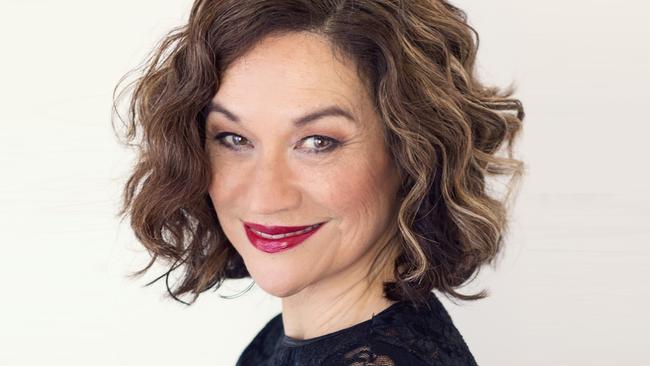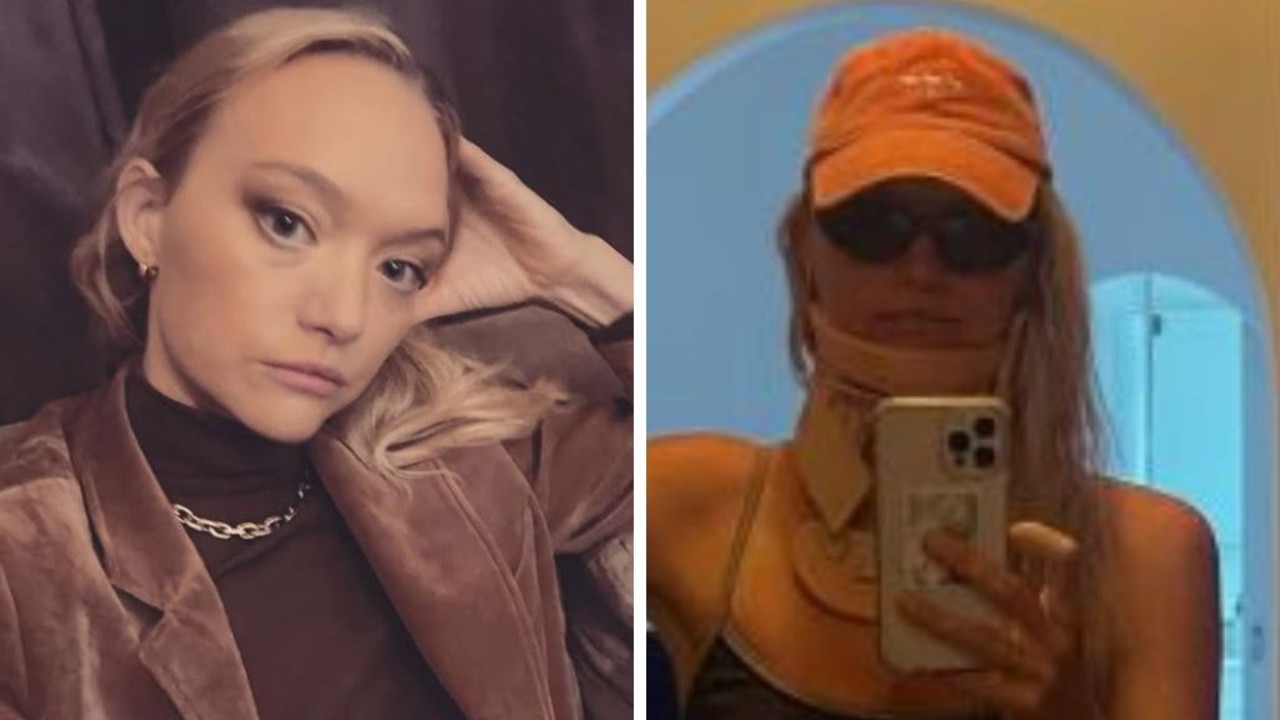Exclusive: The real life Dolly Doctor tells us what we really want to know
DR MELISSA Kang is THE Dolly Doctor. She reveals her favourite questions and how times have changed. From boobs to periods to labias, she’s answered it all.

AFTER 23 years as the doctor behind Dolly Doctor I’ve just realised I’ll have been in the job for exactly half the magazine’s life by the time it’s laid to rest.
Bauer media announced yesterday that after 46 years, the print version of the magazine will be axed.
I read Dolly magazine as a teenager in the 70s. Back then I don’t remember any sex education at school at all. Oh hang on, there was a one-off video shown at school at a mothers and daughters evening where I learned about periods, which scared the daylights out of me.
Twenty years later I found myself answering the same questions I’d often agonised over as a 13, 14 and 15-year-old.
Sure enough, there were many, many questions about periods.
Feeling anxious about when they’d start. What would happen if you got your period at school? The silent scream when you realise that your menstrual blood had seeped through your clothes and you needed Dolly Doctor to reassure you that it’s nothing to be ashamed of or embarrassed by. Even though, well, you are.
The drama of the tampon. It’s really common for many teenage girls to find it difficult to insert a tampon the first few times. Why does it feel like it doesn’t fit? Could my vagina be too small? Can you pee with a tampon in (answer: yes), but actually, how many holes are down there and what are they all for?
I could have asked any of these questions myself when I was young.


But some things have changed over the past 23 years. I’m not asked nearly as often about anatomy — I do perceive that teenage girls going through puberty now know more, they can name some parts of female genitalia (labia, clitoris, vulva, vagina, even the cervix).
What has shifted is a larger focus on genital appearance. Girls are looking at their genitals more (surely this is good), but fretting about their attractiveness (surely this is not so good, especially when they wonder about surgery, which at least isn’t too often).
Where Dolly Doctor once received many questions about breast appearance — size, shape, asymmetry — there is now a substantial number about labia, usually due to distress or dissatisfaction about their appearance (size, shape, asymmetry).
Questions about pubic hair removal are now plentiful, whereas for the first 10 years of writing for Dolly Doctor this was completely unusual.
What about sex and Dolly Doctor? There has always been a constant stream of questions about things sexual.
As a doctor who assesses and does research about adolescent development, I find this reassuring. Adolescents are supposed to become aware of and potentially interested in sexual feelings, how their bodies work, emotional and sexual attractions, and sexual identity. They are able to embrace and respect diversity.
It’s been good to know that Dolly Doctor has provided a safe haven for teenagers (including males) to ask the questions, and be reassured, or guided towards people and places that can help.
Writing for Dolly Doctor has always been about answering one reader’s specific question, acknowledging their feelings (often embarrassment, anxiety, excitement or distress) and simultaneously providing information for all readers (at its peak about half a million) about bodies, feelings, and communication — with a parent (usually mothers), friend, partner, love interest or health professional.
My favourite answers were always whenever I felt I could do all of these adequately.
My work with Dolly was always at arm’s length, and I rarely set foot in the office, although I met at least once with every editor. I also took my four children, one after the other as they became interested in Dolly, into the office to meet the staff.
My son was the first schoolboy to ever do work experience with the magazine which made me strangely proud. My three daughters were very helpful when I didn’t understand references to pop culture or needed an answer critiqued.
I did meet Miranda Kerr when she was 14 at a Dolly function (one of only two or three I ever attended) and she was delightful.
I did some talkback radio for a couple of years as ‘Dolly Doctor’ which reached more young men and a slightly older audience.
The highlight though has always been hearing the authentic voices of young people over the years that has helped ground me so much in my work as a doctor.
So in case you were wondering, since it’s the first question I’m always asked, yes, the questions I answered were always sent by real readers.
Dr Melissa Kang has been THE Dolly doctor for 23 years. She is also a medical doctor and Associate Professor at the University of Technology, Sydney.



